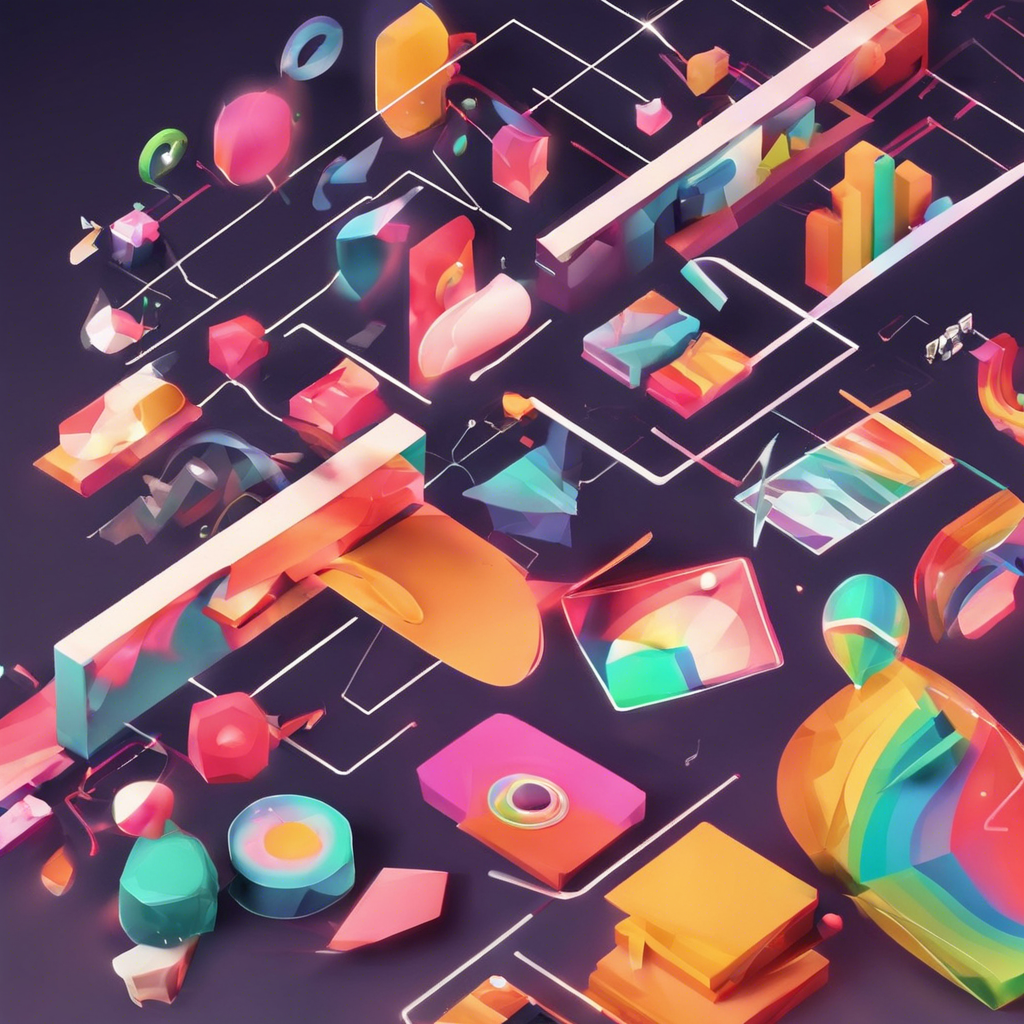Is motion graphics the same as animation?
Is Motion Graphics the Same as Animation?
Motion graphics and animation are two forms of visual storytelling that have become increasingly popular in recent years. Both techniques involve creating moving images, but there are some key differences between the two. In this article, we'll explore the similarities and differences between motion graphics and animation, and we'll discuss the contexts in which each technique is typically used.
What is Motion Graphics?
Motion graphics are digital animations that combine text, graphics, and other visual elements to create a dynamic visual message. These graphics are often used in advertising, marketing, and promotional materials, and they can be used to convey information in a way that is engaging and memorable.
Motion graphics typically involve the use of graphic design elements such as typography, illustrations, and logos, which are animated to create a visual narrative. The animation may involve simple movements such as scaling, rotation, or translation, or it may involve more complex animations such as character animation or simulation.
What is Animation?
Animation is the process of creating a series of moving images by rapidly displaying a sequence of drawings, models, or simulations. The images are displayed in a sequence that creates the illusion of movement, and the animation may involve the movement of characters, objects, or abstract shapes.
Animation can be used in a variety of contexts, including feature films, television shows, video games, and commercials. It can be used to tell a story, convey information, or simply to entertain.
Similarities Between Motion Graphics and Animation
Both motion graphics and animation involve creating moving images, and both techniques use similar tools and software. Both types of animation are typically created using computer software, and both require a strong understanding of graphic design principles.
Both motion graphics and animation can be used to convey information or tell a story, and both can be used in a variety of contexts, including advertising, marketing, and entertainment.
Differences Between Motion Graphics and Animation
While motion graphics and animation share some similarities, there are also some key differences between the two.
Purpose
One of the main differences between motion graphics and animation is their purpose. Motion graphics are typically used to convey information or promote a product or service, while animation is often used to tell a story or entertain.
Style
Another key difference between motion graphics and animation is their style. Motion graphics tend to be more graphic-heavy, with a focus on typography, illustrations, and logos. Animation, on the other hand, tends to be more character-driven, with a focus on creating believable and engaging characters and environments.
Technique
The techniques used in motion graphics and animation also differ. Motion graphics typically involve the use of graphic design elements that are animated, while animation may involve the creation of characters, objects, or abstract shapes that are animated.
Production Process
The production process for motion graphics and animation also differs. Motion graphics are typically produced in a more linear fashion, with a clear beginning, middle, and end. Animation, on the other hand, may involve a more complex production process, with multiple layers of animation and more complex storytelling techniques.
When to Use Motion Graphics vs. Animation
The decision to use motion graphics or animation will depend on the context in which the animation will be used. If the goal is to convey information or promote a product or service, motion graphics may be the best choice. If the goal is to tell a story or entertain, animation may be the better choice.
In some cases, a combination of motion graphics and animation may be used to create a more engaging and memorable visual message. For example, a commercial may use motion graphics to convey information about a product, while also using animation to create an engaging and entertaining story.
Conclusion
While motion graphics and animation share some similarities, they are also quite different in terms of their purpose, style, technique, and production process. Understanding these differences can help you decide which technique is best suited to your needs, whether you're creating a commercial, a promotional video, or an animated feature film.
In conclusion, motion graphics and animation are both powerful tools for visual storytelling, and each has its own unique strengths and weaknesses. By understanding the differences between the two, you can make an informed decision about which technique is best suited to your needs, and you can create engaging and memorable visual messages that resonate with your audience.
Discover more from EMD
Subscribe to get the latest posts to your email.
